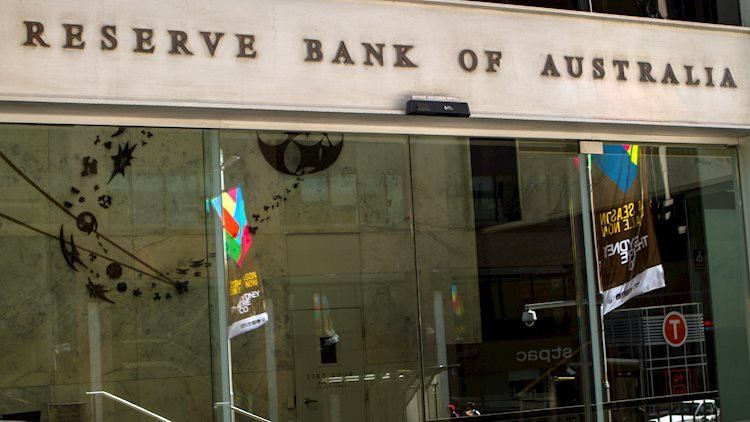The Reserve Bank of Australia’s Chief Economist, Sarah Hunter, recently commented on the Treasury forecast for inflation, indicating that the RBA agrees with it. This statement comes as the CPI data confirmed strength in some price sectors, further supporting the idea of inflation remaining out of the band. Additionally, the RBA Board is closely monitoring inflation trends, noting the presence of strength in this area. Wages growth is also said to be around its peak, suggesting potential implications for inflation in the future.
In response to this news, the market saw a slight decrease in the AUD/USD currency pair, with the pair trading at 6607, down 0.06% on the day. This minor shift in the market reflects the cautious sentiment surrounding inflation and wages growth in Australia. As the RBA continues to monitor these trends closely, market participants are likely to keep a close eye on any further developments that could impact the country’s economic outlook.
The RBA’s focus on inflation trends is a key factor in its decision-making process, as it aims to keep inflation within the target band. By aligning with the Treasury forecast on inflation, the RBA is signaling its commitment to maintaining price stability in the economy. This stance on inflation is supported by the strength seen in certain price sectors, indicating potential challenges in keeping inflation in check.
Despite the challenges posed by inflation, there are also signs of strength in the economy, particularly in wages growth. With wages growth said to be around its peak, there may be implications for inflation moving forward. As such, the RBA Board’s attention to inflation and wages growth is crucial for ensuring economic stability and sustainability in the long term.
Overall, the market reaction to the RBA’s comments on inflation and wages growth has been relatively muted, with the AUD/USD currency pair seeing a slight decline. However, the implications of these trends on the broader economy are significant, as they could impact consumer spending, investment, and overall economic growth. As the RBA continues to monitor inflation and wages growth closely, market participants will be watching for any further developments that could shape the country’s economic outlook in the coming months.
In conclusion, the RBA’s alignment with the Treasury forecast on inflation highlights the central bank’s commitment to maintaining price stability in the economy. The presence of strength in certain price sectors and wages growth around its peak further underscore the importance of monitoring inflation trends. With the market reacting cautiously to these developments, it is clear that inflation and wages growth will continue to be key factors influencing Australia’s economic performance in the near future.











